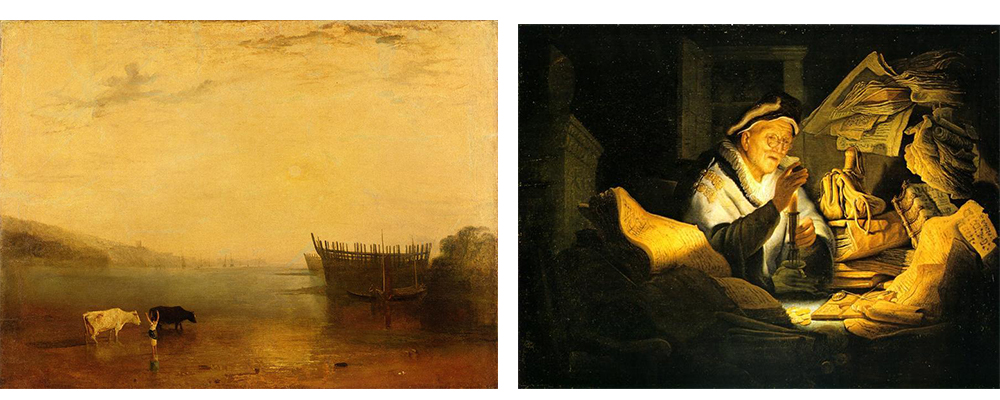Posted by Curry S. on Jan 28th 2020
Pigment Series Part II: Indian Yellow
The second color in our pigment series! Do you know where your favorite color comes from? You might be surprised at what you find. Here we'll explore the pigment Indian Yellow. You won't believe where (or what) this pigment comes from.
Indian Yellow is a staple color in any paint manufacturers color pallet. Among all the colors available to artists, this vibrant yellow gold has one of the more unusual histories.

It’s a bit of a mystery of how exactly Indian Yellow came to be. The most popular version of the story accepted by those in the art community is based around a certain fruit. Indian Yellow dates as far back as the 18th century. During this time, it’s said that farmers in India fed their cows nothing but mango leaves, turmeric, and water in order to produce the color.

When the cows ingested the leaves, it would turn their urine a vibrant yellow. The urine was collected, then dehydrated and formed into hard powdered balls. Once dehydrated the pigment worked just as any other does. Binder like melted beeswax and water was added to make the pigment smooth enough to paint with.

Left: Joesph Mallord William Turner, Teignmouth, Exhibited in 1812, Oil on canvas, 900 x 1205 mm,
Right: Rembrandt Harmensz. van Rijn, The Rich Fool, 1627, Oil on panel, 420 x 320 mm, Gemäldegalerie der Staatlichen Museen
Luckily for cows Indian Yellow, like many pigments, has been recreated and can be found in a synthetic form. Winsor & Newton created their version in 1996. Indian Yellow is now a synthetic hue created from a mixture of nickel azo, Hansa yellow and quinacridone burnt orange.
To learn more about Indian Yellow, including other theories of how it came to be click here and here.

